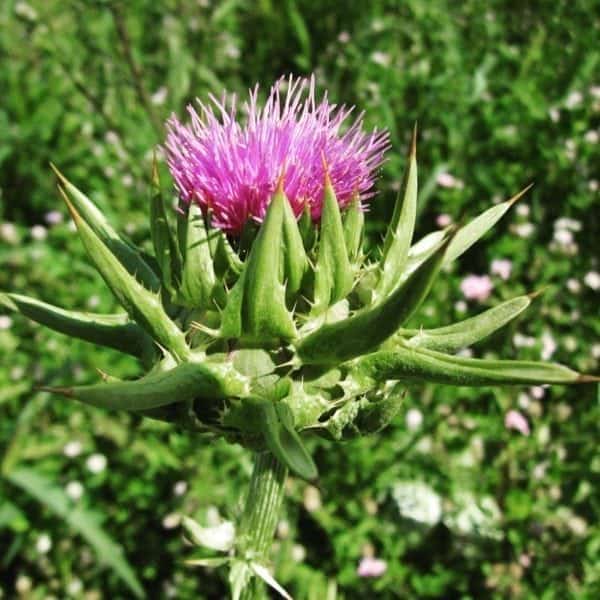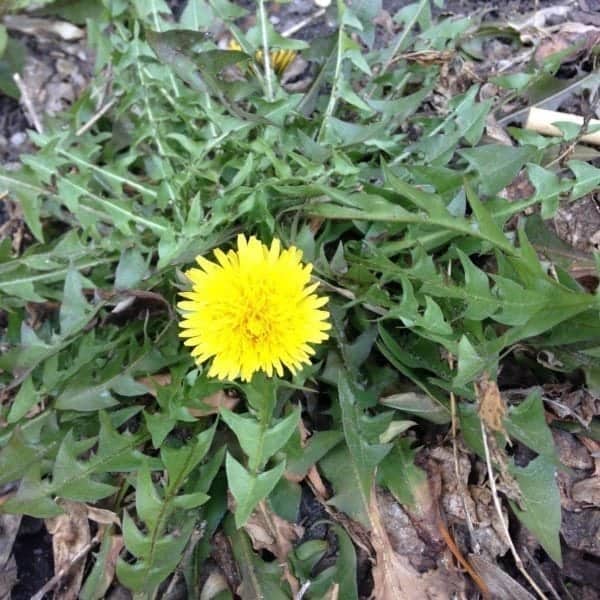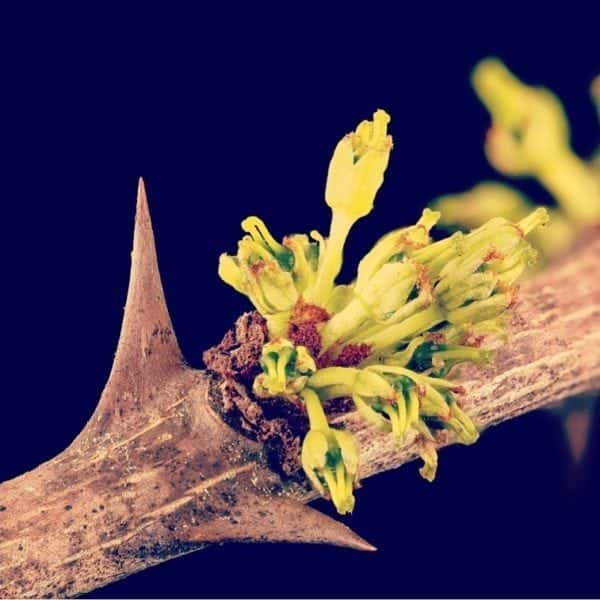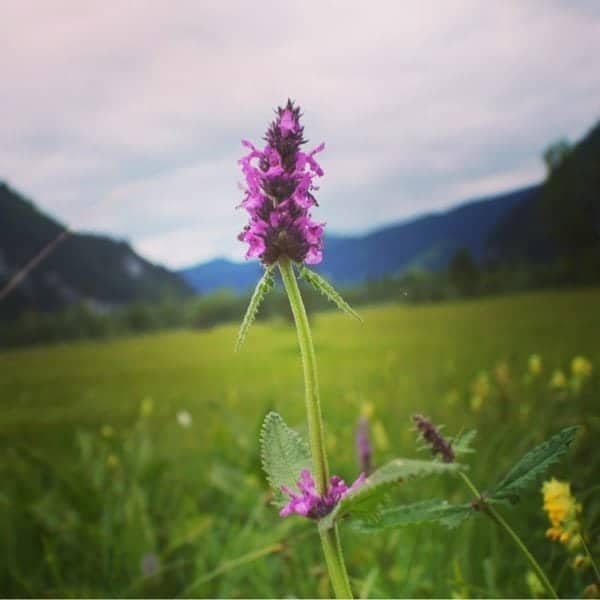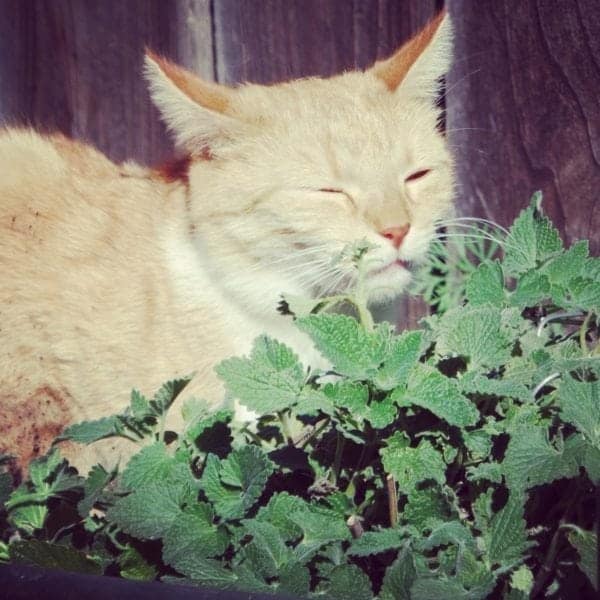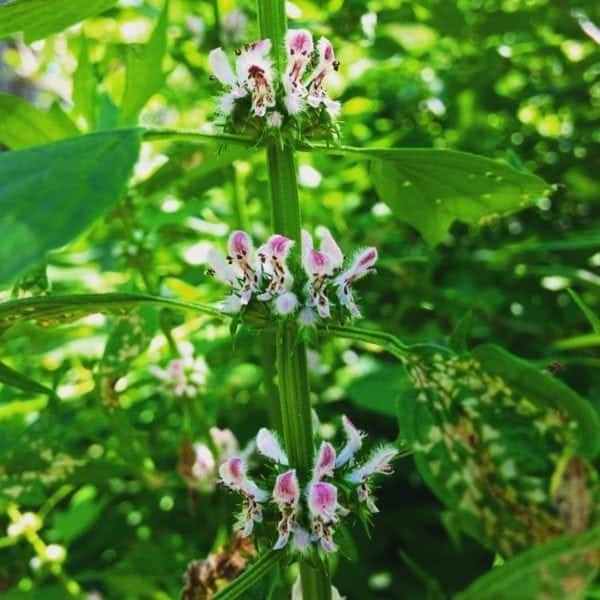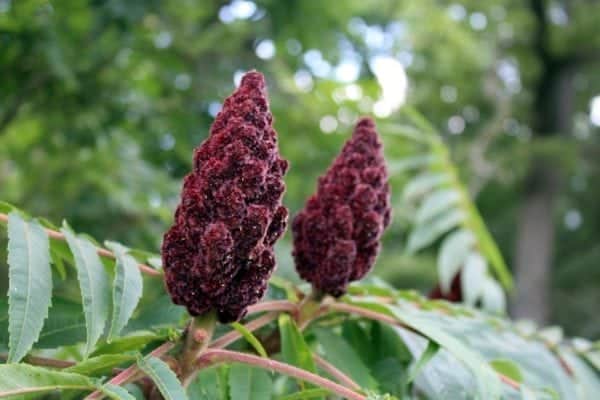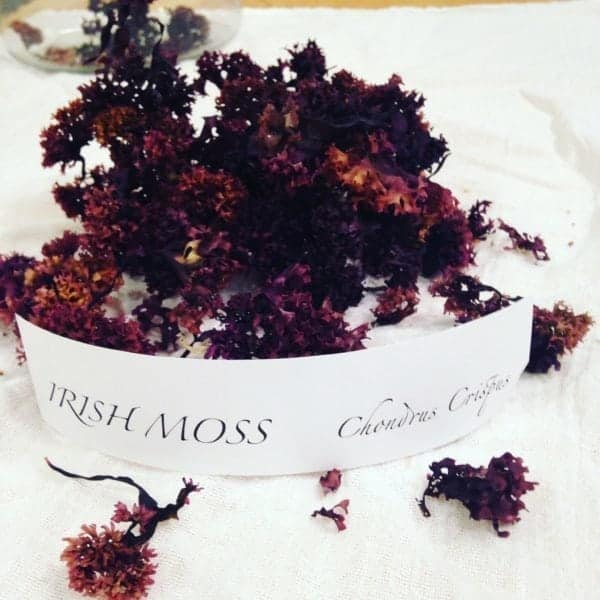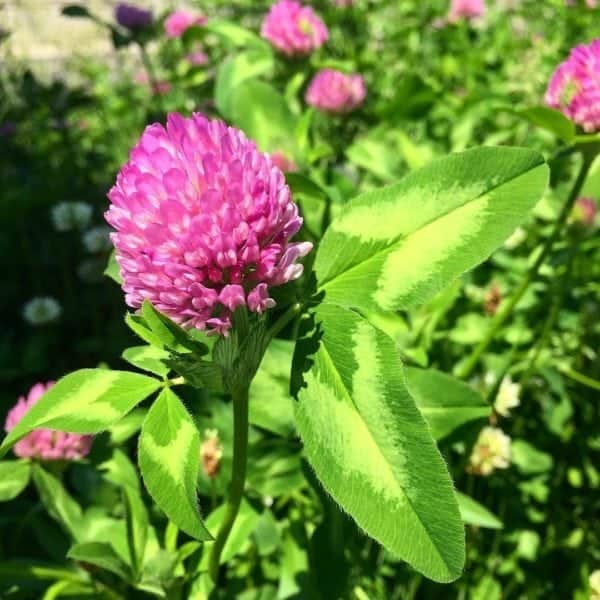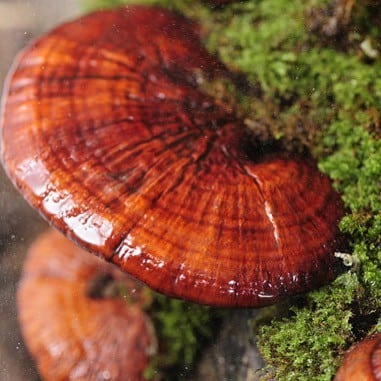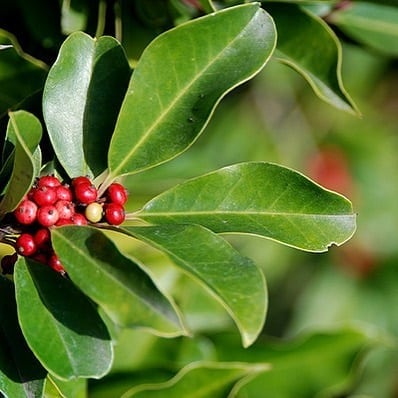#herboftheweek
Milk thistle (Silybum marianum) is one of the simplest herbs to work with, and one of the safest. It’s an excellent herb for beginners to work with, and at the same time it’s one we continue to turn to in our clinical practice, even for very complex cases. Safe and Simple Most herbs don’t work…
Read MoreOh, the dandelions! One of our earliest flowers and one of the last to hang on at the end of the season, dandelions (Taraxacum spp.) are with us for most of the year here in New England. They’re cosmopolitan, human-following plants, found all over the world. They’re weeds – that is to say, resilient and…
Read MoreThe southern prickly ash (Zanthoxylum clava-herculis) and the eastern prickly ash (Z. americanum) are relatives of the Sichuan hot pepper (Z. simulans, Z. bungeanum). This is a spice, by the way, that is safe for people with nightshade allergies, who shouldn’t consume cayenne or other hot peppers which are in the nightshade family (the Solanaceae).…
Read MoreWood betony is our Herb of the Week this time, and for this one you’ll want to make sure you check the botanical name, because there’s at least one other popular and important herb who goes by the common name “betony”. Which Betony? In this case, we’re referring to Stachys officinalis. (In some older texts…
Read MoreIf you watch a cat who’s eaten some catnip (Nepeta cataria), you’ll observe that there’s an initial rolling-rubbing-wriggling response, usually followed by a bout of “the zoomies”, and then a contented curl-purr. The Cats’ Herb There have been many theories over the years about exactly what catnip does to cats and why they like it…
Read MoreLion-Hearted Mother Imagine a mother whose child is having a terrible anaphylactic allergy attack, and is being rushed to the hospital. The mother stays close by and tries to keep a brave face: keeping eye contact, holding the child’s hand, speaking soothing reassurances, projecting safety while the medics hover and flit. That’s motherwort mind. Motherwort…
Read MoreWant to make herbal pink lemonade? Staghorn sumac (Rhus typhina / R. hirta) is the herb for you! Sour Is Sweet In Summer’s Heat Staghorn sumac is in the Anacardiaceae, the family of plants which includes cashews and poison ivy. It’s a common roadside and greenspace volunteer. Once you learn to see its distinctive horn-shaped…
Read MoreContinuing with our seaweed explorations from last week, this time we turn to the red seaweeds. Introducing the Reds First, who are we talking about? The red seaweeds we work with most often are dulse (Palmaria palmata), nori (Porphyra umbilicalis), and irish moss (Chondrus crispus). There are lots of others – about 7000 defined species…
Read MoreNot all herbs live on the land! This week we’re featuring kelp, bladderwrack, and all the brown seaweeds. Minerals in Kelp Seaweeds are superfoods, if anything is. All seaweeds used as food or medicine are extremely mineral-rich, often carrying a complement of minerals and trace elements not found easily in land plants. Seaweeds are renowned…
Read MoreRed clover (Trifolium pratense) is this week’s herb of the week! Infused With Nutrients This red clover is growing right outside the Field’s Corner T station in Dorchester – plants will grow anywhere there’s a bit of dirt. They teach us lessons about persistence. Red clover is a favorite herb for many herbalists, and is…
Read MoreReishi (Ganoderma lucidum) is actually a mushroom and not a plant – but hey, the way we define “herb”*, it definitely counts. Acclimate to Altitude It took me a long time to figure out reishi, partly because when you research it, it seems like there’s nothing reishi can’t do – so where do you even…
Read MoreThis week’s #herboftheweek is yerba mate (Ilex paraguariensis)! A caffeine-bearing plant from South America, this is a particular friend for us “not-a-morning-person” people. Mindful Stimulation You might think mate is just a weak version of coffee – no way! It does have caffeine, though somewhat less than coffee, but it has so much more to…
Read More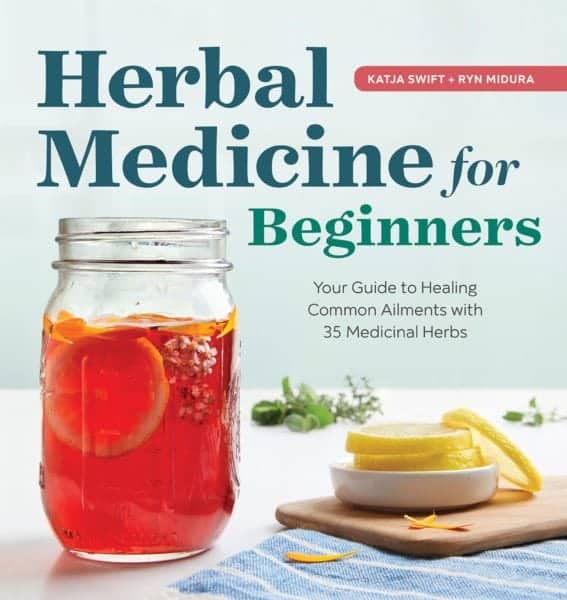
Our Book is Now Available on Amazon.com
Our first book is here!
This is the perfect introduction to a powerful yet manageable apothecary of 35 herbs and teach you how to apply them to common ailments.
We keep it simple and practical, and along the way teach you how to think effectively about herbs & herbalism, laying the foundations for deeper study.
The book is available through Amazon.com
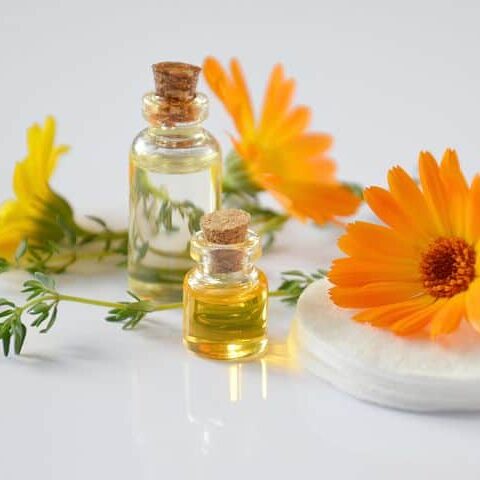
Join our newsletter for more herby goodness!
Get our newsletter delivered right to your inbox. You'll be first to hear about free mini-courses, podcast episodes, and other goodies about holistic herbalism.

